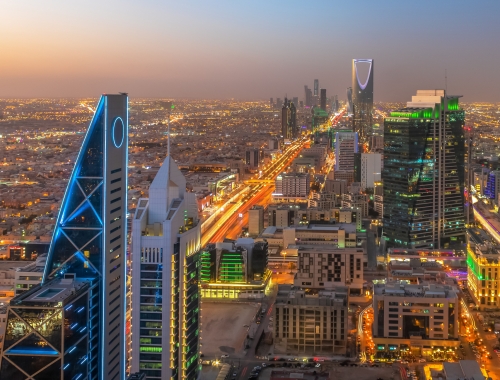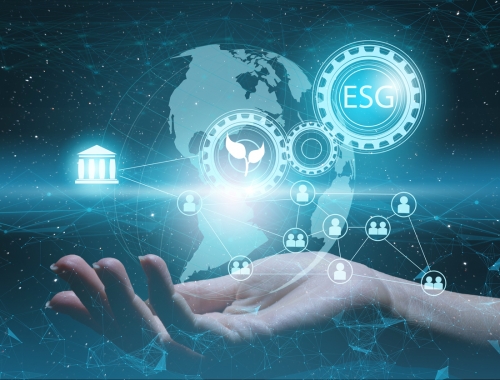Aramco targets 11mn mt/yr of blue ammonia supply by 2030
SUMMARY
The national oil company shipped the world's first blue ammonia to Japan in 2020.
By Joseph MurphyPOSTED IN:
Saudi Aramco aims to produce 11mn metric tons/year of blue ammonia by 2030 to serve as a carrier of natural gas-derived blue hydrogen, the national oil company announced on June 15.
By building out its ammonia and hydrogen business, Aramco wants to provide fuel to help hard-to-decarbonise sectors such as heavy-duty transport, heating and industrial applications to curb their emissions.
"In much the same way that gas, as a hydrocarbon-based fuel, has helped reduce energy-related emissions, natural gas has the potential to be a viable, cost-effective feedstock for blue hydrogen production," Aramco said in its annual sustainability report.
The technologies to produce blue hydrogen are well-established, it said. The company estimates that Japan and South Korea will be the first blue hydrogen markets to emerge.
In 2020. Aramco produced and delivered the world's first shipment of blue ammonia to Japan, for use in power generation. CO2 captured during the production of the fuel was used to develop methane at Aramco unit SABIC's Ibn-Sina facility, and for injection into oilfields to boost recovery.
The following year, Aramco signed a memorandum of understanding with Japan's largest refine ENEOS to study developing a CO2-free hydrogen and ammonia supply chain.
In its sustainability report, Aramco also said it would aim to reduce its upstream carbon intensity by 15% by 2035 against a 2018 baseline level, and deploy initiatives to reduce or mitigate more than 50mn metric tons of CO2 equivalent annually by 2035. It wants to capture and utilise or store 11mn mt/yr of CO2 equivalent annually by the same year, and also invest in developing 12 GW of solar and wind power generation.








